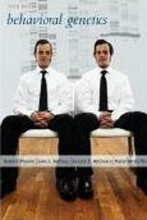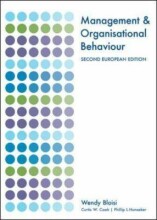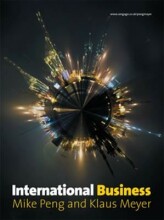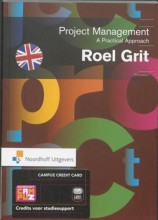PROBABILITY FUNDAMENTALS - Symbols, Rules, and Laws
10 important questions on PROBABILITY FUNDAMENTALS - Symbols, Rules, and Laws
True or False. Probability can be written as fractions, decimals, or percentages.
True or False. The probability formula works if all the elements in the sample space have unequal outcomes.
True or False. The more trials you perform, the more likely your experiment probability is least accurate.
- Higher grades + faster learning
- Never study anything twice
- 100% sure, 100% understanding
True or False. Every event has a complement and the probabilities of an event and its complement add up to 100%.
True or False. The difference between independent and disjoint can be confusing. Disjoint events are those that cannot happen at the same time, while independent events are those that don't impact each other.
True or False. The multiplication rule can also be used in reverse to decide if two events are independent.
True or False. Bayes' rule is often used in scenarios that involve testing. I.e. Drug & disease testing, quality tests in factories, etc.
True or False. Bayes' rule is also a good way just to "calculate conditional probabilities."
The idea of partitioning a sample space into sections and finding the marginal probability (P(A) by adding the probability of each partition is called the law of total probability.
True or False. Use the simpler version if you happen to know both marginal probabilities and the opposite conditional, or the LTP version when you've got a false positive scenario or something similar.
The question on the page originate from the summary of the following study material:
- A unique study and practice tool
- Never study anything twice again
- Get the grades you hope for
- 100% sure, 100% understanding































